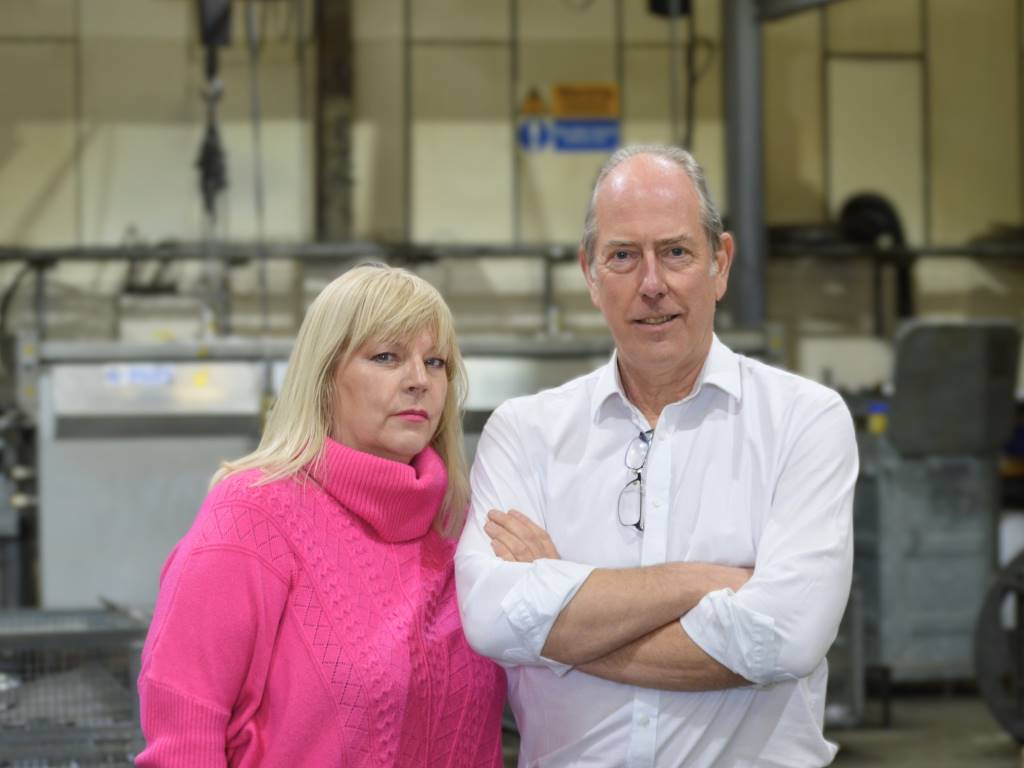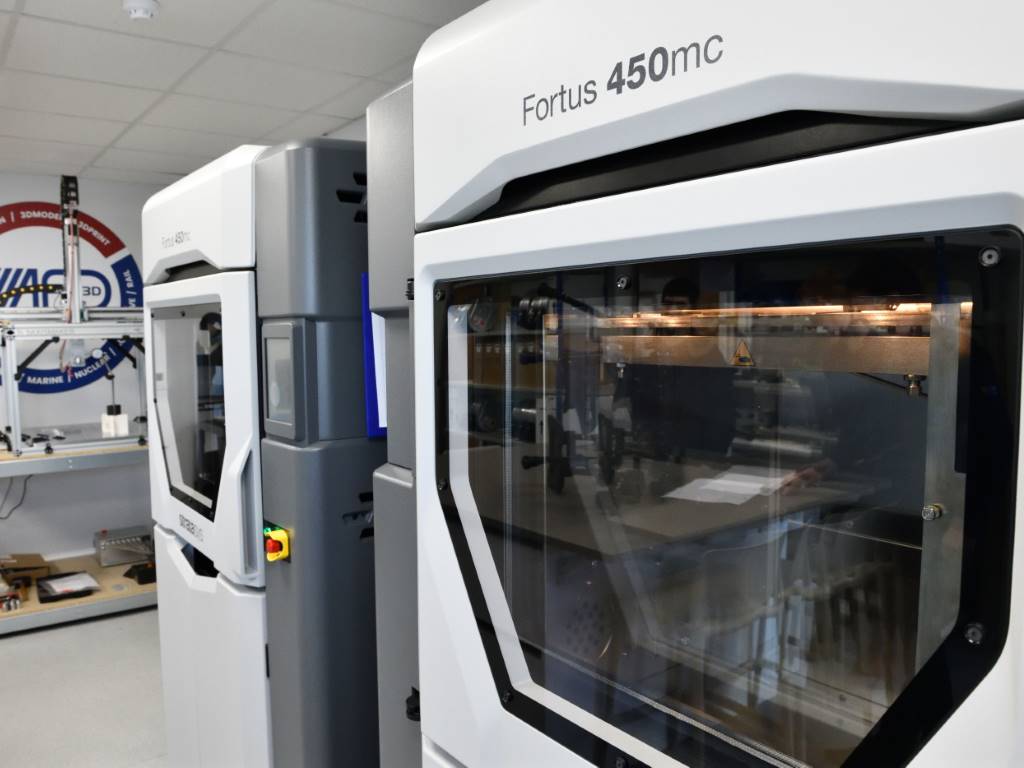Full marks

With a variety of marking technologies suited to metal marking combined with a wide range of metal types, picking the optimum process for a marking application can be a challenge.
A detailed understanding of the characteristics of each technology is key to ensuring the most favourable process is selected. Getting it right can deliver significant productivity benefits and reduce costs.
A marking standard for a particular industry may dictate the process and marking specification to be used on a component. This is commonplace in aerospace as well as some automotive, nuclear, oil and gas and medical applications. If a component does not need to be marked to an industry standard, some of the key considerations will include looking at the best process to suit the material, accessibility to the marking area, cycle time, batch sizes, the component function and how it may be affected by environmental considerations.
Common environmental considerations are temperature, subsea conditions, effect on medical devices, stress factors, and post marking treatments. Product handling should also be considered: is it low volume? Is it a production line environment? Does it require marking on the fly? A requirement for connectivity to ERP systems is also becoming more prevalent.
The three main technologies for direct part marking onto metals are laser, dot peen and electrochemical.
Laser marking is a non-contact form of marking, making workholding simple and cost-effective. Laser is extremely fast for large batch runs of the same, delivering high quality marks. It is good for variable marking and has a large marking area.

Lasers can mark onto most materials although they can require different light sources, e.g. fibre lasers are ideal for metal marking and some plastics but CO2, green or UV lasers are normally better for plastics. Lasers are a significant capital investment compared with other forms of marking and whilst they are fast for many applications, they can be slow for large solid graphics. Extraction is also normally required.
Electrochemical marking is a process that consists of passing a low electrical current through a stencil to permanently mark virtually any conductive metal. The process is economical and simple to use and delivers a very high quality, high contrast mark. Most marks can be made in 0.5 to 4 seconds regardless of the size of mark.
Significant developments have been made in this technology which now enables it to support high quality variable data marking such as sequential serial numbering and data matrix applications, meeting both of the latest aerospace standards. UMS has a range of high purity electrolytes that are approved for aerospace and are certified as safe for marking surgical components. Aerospace\nuclear grade electrolytes are tested and verified by an independent lab for their purity levels.
Electro-chemical marking is perfect for marking thin wall section without distortion and is ideal for both low volume and higher volume batch runs. No fixture is necessary. Equipment is compact enough to reside at the workstation and is fully portable.
Dot Peen marking uses a solid carbide stylus to indent a component’s surface with a series of dots to make up characters, shapes and logos. The machine requires a controller and can receive data from USB, keyboard, barcode scanner, PC or PLC. The mark quality is good, material stress is low and the process is low on consumable use.
Available in benchtop, handheld and integrated models, the electromagnetic assembly stylus is quiet and can be used for serial and part numbers, date/batch codes, logos and data matrix codes including mark and read applications. They work well in harsh environments and marks can still be read after post marking treatments such as plating or painting.
Dot Peen can mark up to 62HRc but most components require a fixture. Larger, heavier components or components that are fixed in position can be marked without a fixture using a handheld dot peen marking machine.
UMS manufactures and supplies a wide range of marking technologies including those mentioned. An area of expertise is the ability to assess and understand its customers’ marking requirements fully, through a team of highly trained and experienced engineers. A comprehensive aftersales service is also offered.
Universal Marking Systems (UMS)
www.ums.co.uk













